About Astana
Astana is a new name of the capital of Kazakhstan. Former name of the city is Aqmola (earlier Akmolinsk).
There are several theories of this name origin. The first one holds that Aqmola city was named in honor of white limestone hill. The second theory belongs to Byzantian author Procopius. In his works he wrote that Huns used the word "mola" for high hill or fortress. And there is the third variant: Aqmola was always a major center of cattle fairs, famous for abundance and variety of meat and dairy products (kumys, airan, kurt, shubat etc.). Therefore, the name of the city can be traslated as "white holy place" or "white abundance".
It is written in Kazakh Soviet Encyclopaedia, that "Aqmola is a construction of white stone, above the square walls of which there is a cupola that reminds yurt's top part or the half of a sphere. The cupola glittering in the sun could be seen from afar, and this provided special beauty to the banks of Esil river". That is why the name Aqmola became the name of this land.
From the earliest times Aqmola plains were a place, where different cultures and civilizations met. In the middle of 1st millenium B.C., a chronographer named Herodotus mentioned the route across the Big Steppe (later Great Silk Way), which went right there. Caravan tracks contributed to the prosperity of trade and handicraft industry in the cities traditionally engaged in cattle breeding and agriculture.
Bozok
In his book "In the middle of Eurasia" the President of Kazakhstan Nursultan Nazarbayev mentioned that the current capital of Kazakhstan arised not from scratch, it sprang up within a territory, where people had lived in high antiquity. It is confirmed by the recent discovery of Bozok ancient settlement, which during centuries had been a political and religious center of Saryarka – the great and endless steppe spread for thousands of kilometers in the middle of the continent named Eurasia.
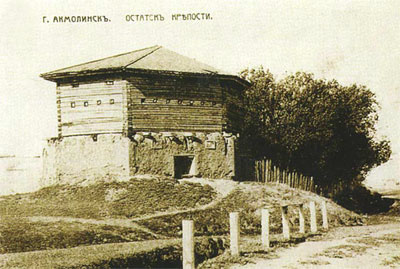
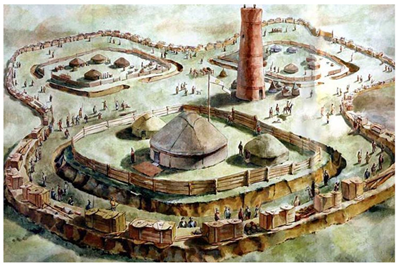
Medieval settlement Bozok, situated 5 km from Astana, is a millenary predecessor of the Kazakhstani capital.
Akmolinsk
In the 30s of 19th century in Kazakhstan plains on the place of Aqmola settlement a new town sprang up – Akmolinsk – an important commercial and economic center of Central Asian region. Thereat its population was a little more than 2000 people. However, for the mext 30 years the population of this towm increased 3-fold.
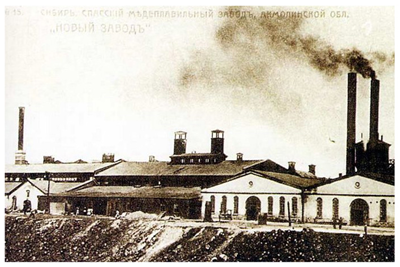
Tselinograd
A new stage in the life of the city started in the 60s of the 20th century: in December 1960 city with a population of 100 thousand became the center of the Virgin Lands Campaign of the North Kazakhstan. In 1961 Akmolinsk was renamed into Tselinograd, in 1992 – into Aqmola and on May 6 1998 it received the name of Astana.
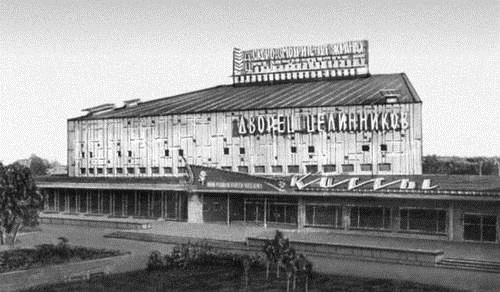

From Almaty to Astana
During the last decade of the 20th century the city of virgin lands got a new wind – with the appearance of the Republic of Kazakhstan on the world map, ancient Aqmola steppes revived, where a miracle city arised – Astana.
Astana became the new capital of new Kazakhstan for many reasons. The former capital – Almaty – was situated far to the south of the country, and its population was over 1,5 million people. Restrained urbasn conditions of Almaty practically didn’t give an opportunity for the development of the city. Transport upload of arterial roads and ecological conditions of the “Southern capital” left something to be desired – this city became one of the most ecologically problematic cities in Kazakhstan.
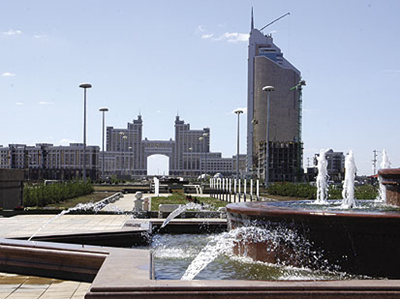
In the contemporary history there often are cases, when the transition of the capital is performed consciously as an adequate respond to new challenges of the history. This gives a powerful boost to social, economic and political development of the country. Countries, which performed great reforms that resulted in the entry of the state into whole new level of the development, used the transition of the capital as an important political and economic instrument, the key point of reform program implementation. The new largest Eurasian nation needed a new national symbol – a new capital, a city of the 21st century, which could reflect the spirit of creation, innovation and the role of Kazakhstan as a place, where the West meets the East.
That is exactly why Aqmola (Astana) was chosen for the best alternative of Almaty at the suggestion of the President of the RK N.Nazarbayev. The President's opinion was based on the national investigation, which took into consideration 32 factors: social and economic indices, the climate, landscape, seismic conditions, natural environment, transport infrastructure, construction servicing facilities and working power.
Crucial advantages of Astana were the following: its large territory, central location, closeness to major economical centers and country's arteries, demographical potential, developed transport infrastructure and natural environment. Upon the whole, the idea of the Head of the State about capital transition was a reasonable and objectively necessary decision, which as well as economic reforms became one more strategic arrangement for problem solving of the development of Kazakhstan, a transition of the country into market system and democracy.
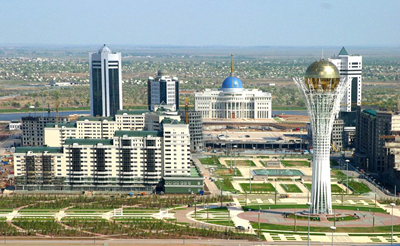
In 1999 the new capital of Kazakhstan received UNESCO award "Cities for the peace". It is a reward given to cities acknowledged to be socially and economically successful, with developed municipal sphere, and contributing to the world culture. Presenting the award, UNESCO General Director Mr. Frederico Mayor particularly noted, that within a few short years from the transition of the capital from Almaty to Astana, the President of the RK Nursultan Nazarbayev and the city municipal government invested huge efforts for the transformation of the new capital into scientific, cultural and educational center. According to the opinion of the UNESCO Head, Astana became a bright symbol of the independence of the young state.
After Astana recived the capital status in 1998, an ancient town of masters, merchants and grain growers became the center of state, social and cultural life of new democratic Kazakhstan. Astana is the pride of the Republic, its nation and its President, who noted during the conversation with journalists: "The plans are very wide. I think that basic construction of the city will have been finished by 2012. the city will live its own life, and its development will never stop".

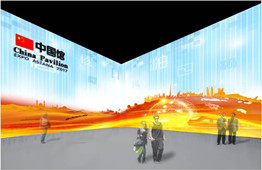 Province Events
Province Events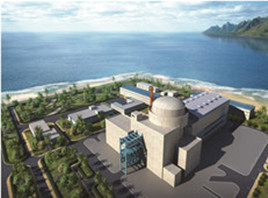 Major Events
Major Events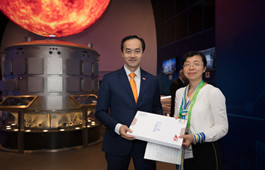 Highlights
Highlights
